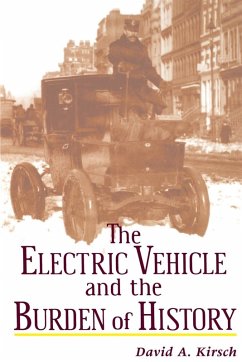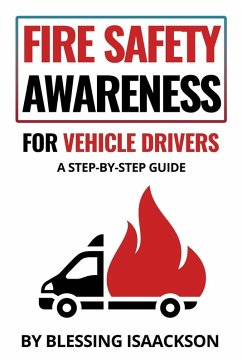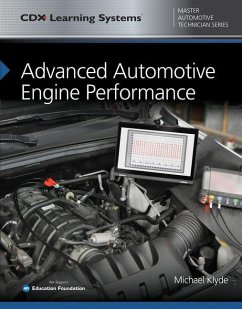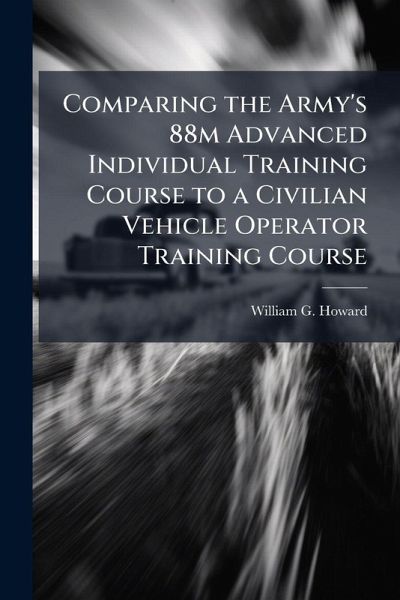
Comparing the Army's 88m Advanced Individual Training Course to a Civilian Vehicle Operator Training Course
Versandkostenfrei!
Versandfertig in über 4 Wochen
14,99 €
inkl. MwSt.
Weitere Ausgaben:

PAYBACK Punkte
7 °P sammeln!
This research compared heavy-wheeled vehicle operator training between the 88M Advanced Individual Training course at Fort Leonard Wood, Missouri and a leading civilian training course using a comparative analysis technique known as benchmarking. This research investigates five major areas of concern and compares the findings in each area between the two organizations. The comparison of findings is based on the positive or negative gap between the two organizations. Overall, the program at Fort Leonard Wood is solid. This work has been selected by scholars as being culturally important, and is...
This research compared heavy-wheeled vehicle operator training between the 88M Advanced Individual Training course at Fort Leonard Wood, Missouri and a leading civilian training course using a comparative analysis technique known as benchmarking. This research investigates five major areas of concern and compares the findings in each area between the two organizations. The comparison of findings is based on the positive or negative gap between the two organizations. Overall, the program at Fort Leonard Wood is solid. This work has been selected by scholars as being culturally important, and is part of the knowledge base of civilization as we know it. This work was reproduced from the original artifact, and remains as true to the original work as possible. Therefore, you will see the original copyright references, library stamps (as most of these works have been housed in our most important libraries around the world), and other notations in the work. This work is in the public domain in the United States of America, and possibly other nations. Within the United States, you may freely copy and distribute this work, as no entity (individual or corporate) has a copyright on the body of the work. As a reproduction of a historical artifact, this work may contain missing or blurred pages, poor pictures, errant marks, etc. Scholars believe, and we concur, that this work is important enough to be preserved, reproduced, and made generally available to the public. We appreciate your support of the preservation process, and thank you for being an important part of keeping this knowledge alive and relevant.



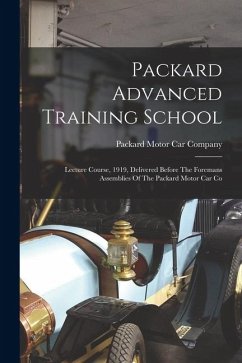

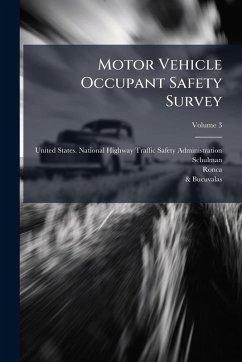
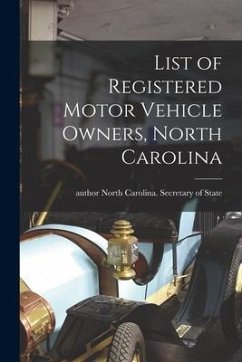
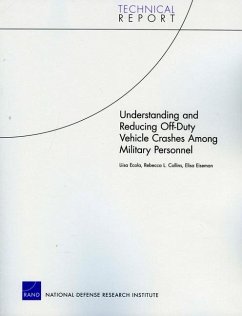
![Public Travel [microform]: the Laws Relating to Bicyclists, Horsemen, Pedestrians Cover Public Travel [microform]: the Laws Relating to Bicyclists, Horsemen, Pedestrians](https://bilder.buecher.de/produkte/66/66201/66201491n.jpg)
